Are Classic Cars a Good Investment? (And can Anyone Invest?)
Table of Contents
Classic cars can be a great way to relish in your passion, but many people also buy them as an investment with the intention of making a profit further down the line.
You’ll find plenty of stories across the internet of people making a fortune in this industry, but are classic cars a good investment?
Classic cars can be a great investment as long as the buyer has a good understanding of the classic car market. Not all classic cars will gain value, so it’s important to recognize the indicators of a future classic before buying. It can also be a great way of diversifying an investor’s portfolio.
So yes, classic cars can be a good investment. But how do they compare to other investments, and can anyone invest in classic cars?
Is a Classic Car an Investment?
Classic cars can be considered an investment as they are often purchased with the intent of generating appreciation.
An investor may purchase a car now with the intention of selling it for a greater amount several years down the line, utilizing car collectors’ interest in rare classics to leverage the price.
Classic Cars can Appreciate in Value
Whilst most cars will depreciate in value, classic cars often appreciate. To gain value, a car needs to possess a quality that makes it interesting to collectors.
Collectors will pay top dollar for the rarest models, so it’s important to establish how rare the car is before investing.
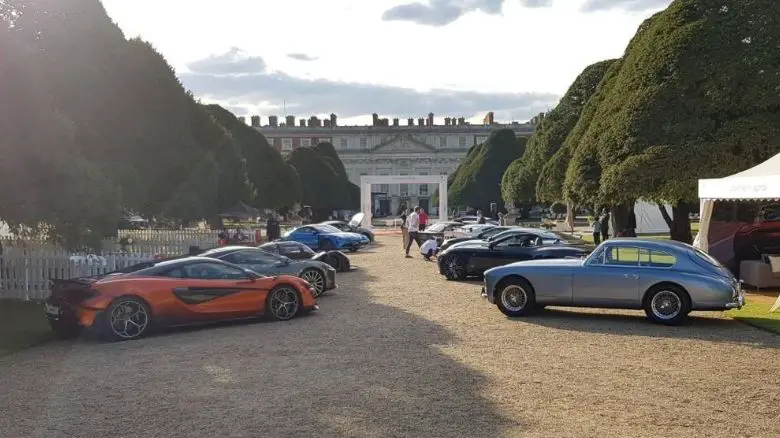
Investors will often look out for limited edition cars, the heritage of the brand, performance, and those with links to motorsport when making their decisions on which car to buy.
Features such as the car’s color, condition, and originality will also play a part in how much it appreciates.
Will Classic Cars Lose Value?
Some classic cars will drop in value, so it’s important to thoroughly research the model you’re looking to purchase before buying. If the car is too common or in bad condition, it may lose value.
It would be risky to buy an older car that doesn’t appeal to collectors if you’re looking to make a profit. Although it may still be considered a classic, the demand for such cars will be low. As a result, it’s unlikely you’ll be able to make a profit once the ongoing costs of maintaining a classic have been taken into consideration.
Some predict that with the phasing out of internal combustion engines and the aging boomer population, classic cars will lose their appeal.
However, the expanding global market also needs to be factored in. There are reports that emerging classic car markets in places such as China and the Middle-East are starting to fuel demand for American and European classic cars.
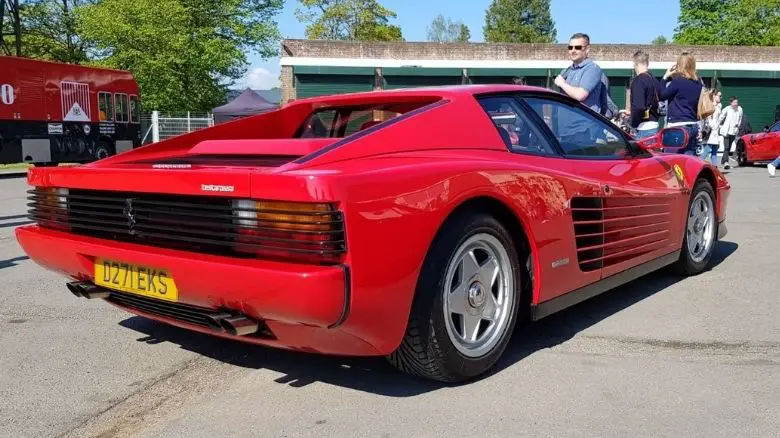
You can Make Money with Classic Cars
You’ll find many stories online of people making tens of thousands of dollars by buying and selling classic cars. Whilst it may not be as easy as some make out, it’s certainly possible.
As long as you have a good understanding of which cars collectors will be interested in, you can make a profit if you buy at the right price, maintain the car to investor standard, and only sell when there is sufficient demand for your car.
The story of Jay Leno’s McLaren F1 is testament to how much money there is to be made in classic cars if you buy the right model. Although Jay insists he doesn’t buy cars as investments, the McLaren he picked up for $800,000 over 20 years ago is now worth in excess of $20m.
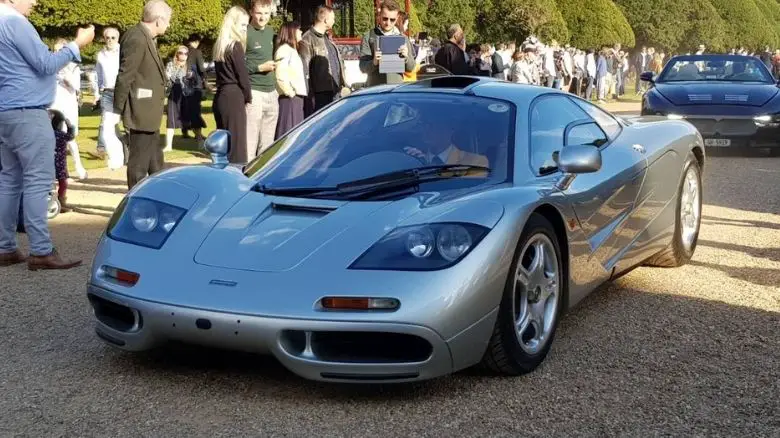
Despite this being an extreme example, you don’t need pockets as deep as Jay Leno to be able to make money with classic cars.
Can Anyone Invest in Classic Cars?
Yes, anybody willing to take on the risks associated with owning a classic car can invest. There are rare cars in every price bracket, and returns will be relative to the money you part with initially.
Often insurance companies are reluctant to insure young people on classic cars. They are seen as higher risk drivers and classic cars can be worth a lot of money. Many classic cars have larger engines and insurance companies do not want to be shelling out if the inexperienced driver has an accident.
As young enthusiasts are critical for the longevity of the classic car market, there are fortunately some insurance companies who now provide specialist classic policies for young drivers.
It’s beneficial if the classic car owner has access to a garage and another car. Classic cars left outside can succumb to the elements over time, and those driven every day can suffer from excessive wear and tear. Both of these factors will reduce the chance of making a profit on the car.
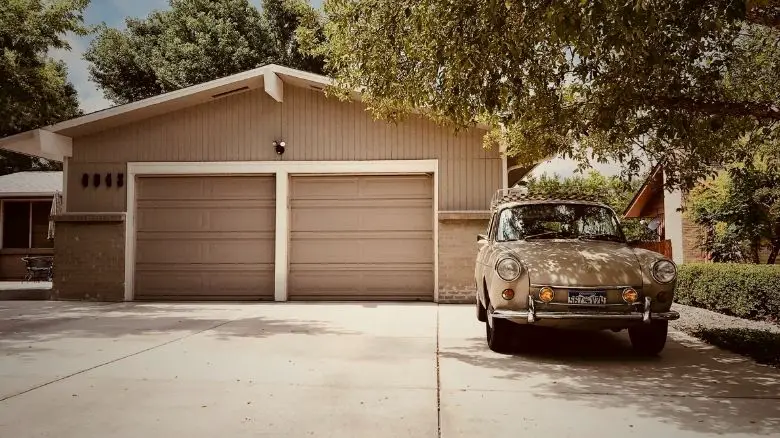
Anybody looking to invest in a classic car needs to have a degree of patience. It can often take many years for classics to increase in value significantly enough to warrant selling.
The prospective buyer also needs the ability to fund ongoing maintenance work. If a classic car is left to deteriorate, it will depreciate in value rather than appreciate.
How do Classic Cars Compare to Other Investments?
Unlike other investments, classic cars require expenditure on maintenance, storage, fuel and road tax. Despite this, investing in cars remains one of the most popular strategies for investors all over the world thanks to their potentially lucrative returns.
In recent years classic cars have outperformed other collectible investments such as stamps, and in some cases more traditional investments such as stocks and shares.
In a study by UK company Vanarama, it was shown that affordable classic car investments returned 97% on average over the course of 10 years.
The same study showed that when compared with more traditional investments, cars outperformed gold (45%), art (49%) and UK property (50%).
The Vanarama study showed that stocks did outperform classic cars, giving a 107% return over 10 years. However, there are several reasons that individuals choose to invest in classic cars over other investments:
- Cars help to diversify their investment portfolio
- Cars can be driven and enjoyed
- Investors can participate in a market they love
Classic Car Investment: A Real World Example
We love buying, enjoying, and selling cars here at The Car Investor. Our BMW 840 was bought back in 2016 for $8,300 / £6,000.
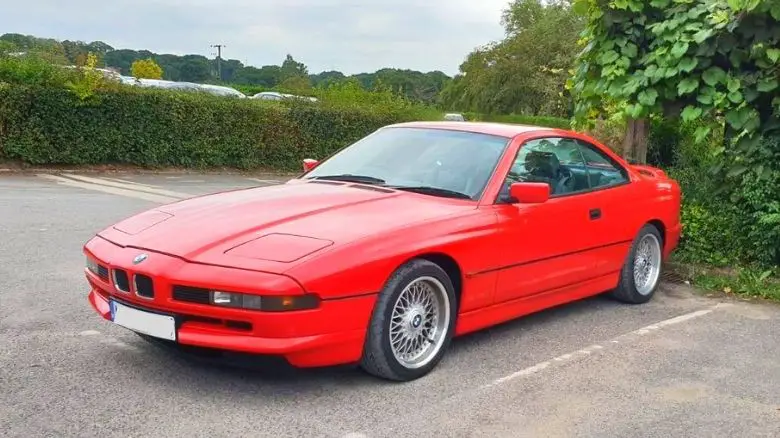
We bought this car both as an investment and to drive and enjoy. The reason we chose this car was primarily due to its rarity, performance, and looks.
The following is a breakdown of maintenance costs over the course of its first five years in our hands. This demonstrates the sort of costs you can expect when buying an old, sophisticated BMW.
| Maintenance – After 5 Years | Cost |
| ABS control module – diagnosis & replacement, and front lower control arm | $2,300 / £1,660 |
| Water pump, belts, coolant flush | $300 / £220 |
| Annual inspection and exhaust tailpipe repair | $70 / £50 |
| Battery replacement (x2) | $330 / £240 |
| Investigate oil leak | $110 / £80 |
| Oil service | $220 / £160 |
| Oil leak fix – rocker cover gasket & lower sump pan | $1,260 / £910 |
| New tires (including spare) | $790 / £570 |
| Gear selector cable | $250 / £180 |
| Oil service & starter motor replacement | $500 / £360 |
| Annual inspection | $70 / £50 |
| Viscous coupling | $205 / £150 |
| Inspection 1 service & annual inspection | $385 / £280 |
| TOTAL | $6,790 / £4,910 |
| TOTAL (Including cost of car) | $15,090 / £10,910 |
It’s worth noting that the car has been kept in roadworthy condition throughout and has covered 6000 miles in our ownership. Other costs such as fuel and road tax have not been included in the table above.
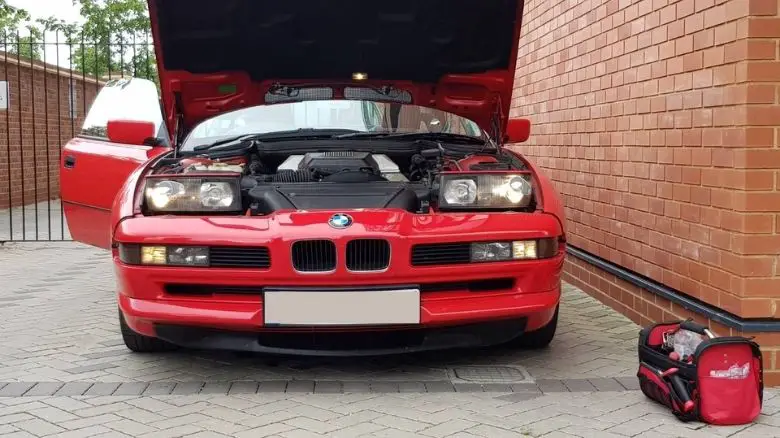
After five years, we have an agreed valuation on the car of $22,800 / £16,500 which gives us a return of 51% (or 8.6% annually) when including cost of maintenance. Not too bad, for a car that has been thoroughly enjoyed and been utilized for various road trips.
Of course, many investors would simply buy the car and keep it garaged in the hope of gaining larger returns. There would still be some maintenance costs involved, but perhaps not as many as we’ve encountered.
Classic Cars can be a Great Investment
It’s not always easy, but buying a classic car can be a great way of diversifying your portfolio.
We’ve demonstrated that it’s also possible to buy a classic car, enjoy it, and still increase it’s value once maintenance costs are taken into consideration.
There will always be risks involved, but if you carefully research the market and do your homework on the car you’re looking to buy, investing in classic cars can be a thoroughly rewarding investment.
ABOUT THE AUTHOR
Adam Chinn writes about the intersecting worlds of classic cars, driving pleasure, and smart investment strategies. Starting his journey at 26, he’s proven that one doesn’t need to be wealthy to begin investing in classic cars.
Adam’s insights have been recognized on platforms such as MoneyInc, Swagger Magazine, and Top Speed.



